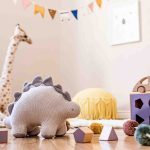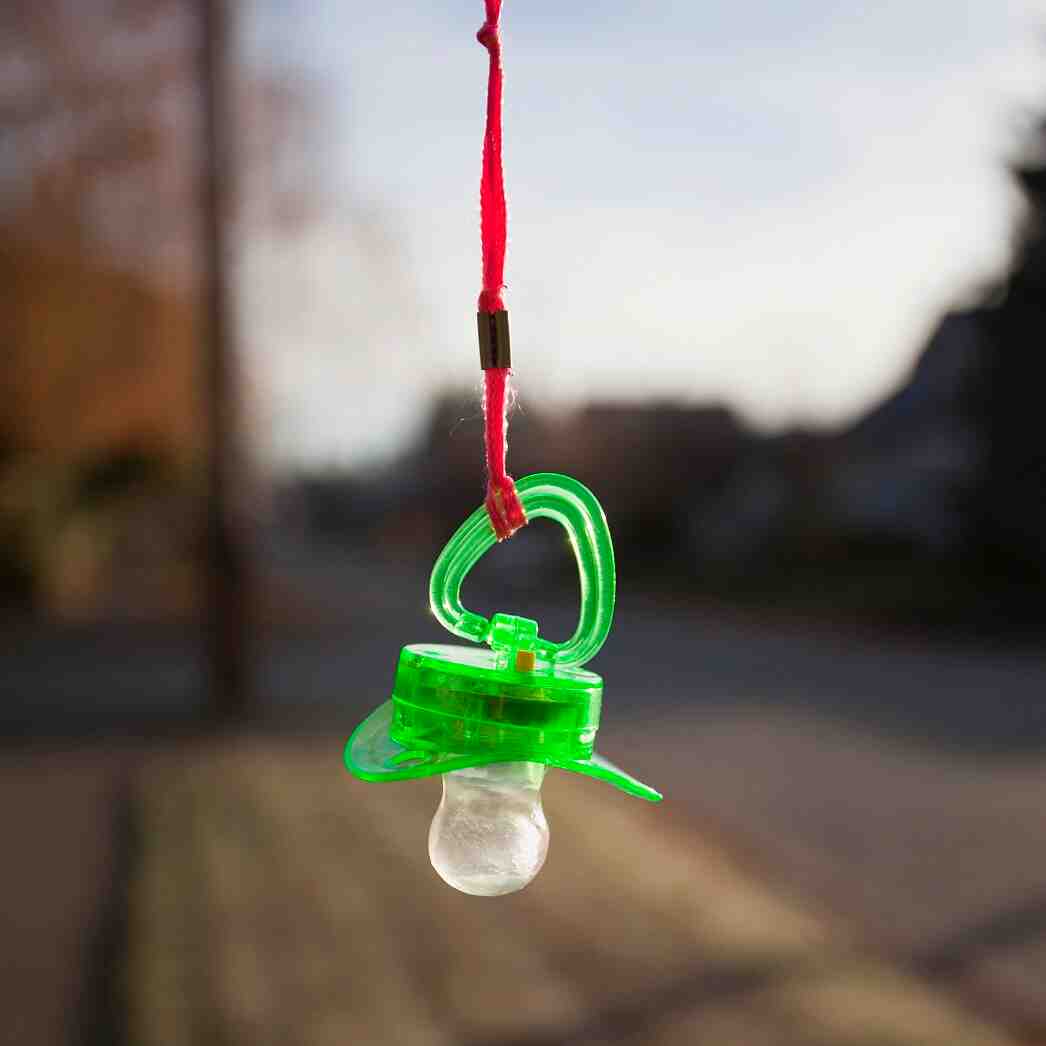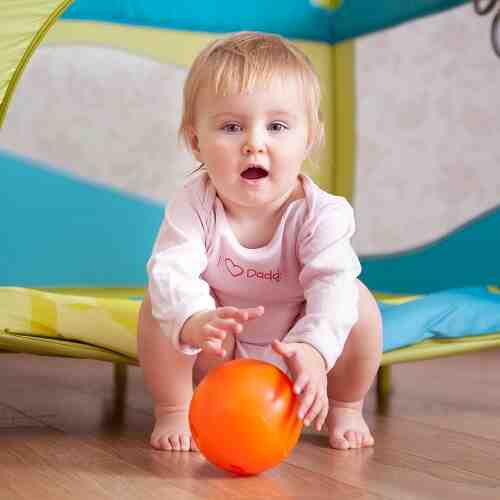Safe vs. Unsafe Teethers: What Parents Should Know
Teething can be an uncomfortable experience for babies, and finding the right teether to help soothe their sore gums is a top priority for parents. However, with so many different types of teething toys available on the market, it’s essential to understand what makes a teether safe or unsafe for your baby. Knowing how to choose the right teething toy and recognize potential hazards can ensure your baby’s safety and comfort during this difficult time.
1. What Makes a Teether Safe?
A safe teether is one that is designed to provide comfort to your baby’s sore gums without posing any risk to their health. Here are the key factors that make a teether safe for babies:
a. Non-Toxic Materials
- BPA-Free: Bisphenol A (BPA) is a chemical commonly found in plastics, and it has been linked to potential health risks. Safe teethers should be free from BPA, phthalates, PVC, and other harmful chemicals. Always look for teethers labeled “BPA-free” or “phthalate-free” to ensure the materials are non-toxic.
- Food-Grade Silicone: Food-grade silicone is a safe material for teethers. It’s durable, flexible, and free of harmful chemicals, making it one of the safest options for teething babies.
- Natural Materials: Wooden teethers made from untreated, non-toxic wood (such as maple or beech) are also considered safe. These should be free from any harmful finishes, varnishes, or dyes.
- Certified Materials: Many teething toys are certified by safety organizations or meet strict standards for baby products. Look for certifications like ASTM (American Society for Testing and Materials) or CE (Conformité Européene) to ensure the toy meets safety requirements.
b. No Small or Detachable Parts
- Choking Hazards: A teething toy should be solid and not have any small detachable parts that could come loose and pose a choking hazard. Avoid toys that have small beads, rings, or parts that can break off.
- Size Matters: The teether should be large enough that it can’t fit entirely into your baby’s mouth. If it’s small enough to be a choking hazard, it should be avoided. Always choose a teether that’s appropriate for your baby’s age.
c. Soft, Gentle Design
- No Sharp Edges: A safe teether should have smooth, rounded edges without any sharp or hard parts that could potentially hurt your baby’s delicate gums.
- Flexible Yet Firm: The teether should be soft enough to provide relief to sore gums but firm enough to withstand biting without breaking or deforming easily.
d. Easy to Clean
- Washable: Teething toys should be easy to clean and sanitize. Look for teethers that can be cleaned with mild soap and water, or are dishwasher-safe for easy maintenance.
- No Hidden Crevices: Avoid teethers that have difficult-to-reach nooks and crannies, as these can trap dirt and bacteria.
e. Durability
- Long-Lasting Materials: Choose teethers made of materials that are built to last, especially if your baby is an avid chewer. Materials like food-grade silicone or high-quality rubber are known for their durability and are less likely to tear or degrade with use.
2. What Makes a Teether Unsafe?
While there are many safe teething toys on the market, it’s just as important to recognize the characteristics of unsafe teethers. Here’s what parents should avoid:
a. Toxic or Harmful Chemicals
- BPA, Phthalates, and PVC: These chemicals are often found in plastic teethers and have been associated with potential developmental and hormonal disruptions. Always avoid teethers that are not explicitly labeled as BPA-free or phthalate-free.
- Lead or Toxic Paint: Some cheap or poorly manufactured teethers may contain lead or other toxic metals, which can be harmful if ingested. Always check that teethers are certified to be free from lead and toxic substances.
- Artificial Dyes: Brightly colored teethers may contain artificial dyes or paints that can be harmful if ingested, particularly if they’re not food-grade. Look for teethers made with natural, non-toxic colors or clear designs.
b. Small Parts or Detachable Components
- Choking Hazards: As mentioned, small parts or pieces that can break off are major safety concerns. Parents should avoid teethers with small beads, buttons, or detachable parts that could be swallowed by the baby.
- Sharp or Hard Edges: Teething toys with sharp edges or parts that could break off and cause injury to the baby’s mouth or gums should be avoided. Always check the edges and surface for any potential hazards.
c. Gel-Filled Teethers with Leaks
- Gel Leakage: Gel-filled teethers are sometimes used for cooling effects, but if the gel leaks out due to cracks or damage, it can become a choking hazard. Some gels inside these teethers may also contain chemicals that are not safe for ingestion.
- Frozen Teethers: Over-freezing gel-filled teethers can make them too hard, potentially damaging your baby’s delicate gums. If the teether is damaged, it should be replaced immediately.
d. Hard Materials That Can Cause Injury
- Too Hard to Chew: Some teethers made from hard materials, such as plastic or wood that is not properly smoothed, can be too rigid and cause discomfort or injury to your baby’s gums. Babies need soft, flexible teethers that can provide comfort without putting too much pressure on their teeth or gums.
- Sharp Splinters in Wooden Teethers: Low-quality wooden teethers or those with poor finishing can develop sharp splinters that can hurt your baby. Always choose high-quality, smooth wood if opting for a wooden teether.
e. Non-Easy to Clean or Maintain
- Hard-to-Clean Designs: Some teethers have intricate designs with hard-to-reach crevices that trap bacteria, mold, or other harmful substances. Avoid teethers that are difficult to clean thoroughly, as these can pose health risks to your baby.
f. Items Not Specifically Designed as Teething Toys
- Household Items: Some parents may turn to household objects like keys, plastic spoons, or hairbrushes as makeshift teethers. While these might seem harmless, they often contain unsafe materials or small parts that can pose a choking hazard. Only use items that are specifically designed and labeled as baby-safe teethers.
3. How to Choose the Right Teething Toy for Your Baby
To ensure your baby gets the best teething relief, here are some tips for choosing the right teether:
- Age-Appropriate: Always select teethers that are suitable for your baby’s age and stage of teething. For example, softer teethers may be better for younger babies, while firmer teethers can help older babies who are cutting more teeth.
- Variety of Textures: Look for teethers with a variety of textures, as this can help soothe your baby’s gums in different ways.
- Chillable or Freezable: Some babies find relief from cold teethers, so consider a teether that can be chilled or frozen for extra comfort. Just ensure it’s not too hard when frozen and is designed to withstand freezing temperatures.
- Natural and Safe Materials: Choose teethers made from non-toxic, natural materials such as food-grade silicone, natural rubber, or untreated wood.
4. Conclusion
Choosing a safe teething toy is crucial to your baby’s health and comfort. Always opt for teethers made from non-toxic materials, check for choking hazards, and ensure the teether is durable and easy to clean. By being mindful of what makes a teething toy safe or unsafe, you can provide your baby with the soothing relief they need without compromising on their safety. Regularly inspect the teething toys for signs of wear and tear, and replace any damaged or unsafe items to ensure your baby’s continued well-being during this challenging stage of development.





